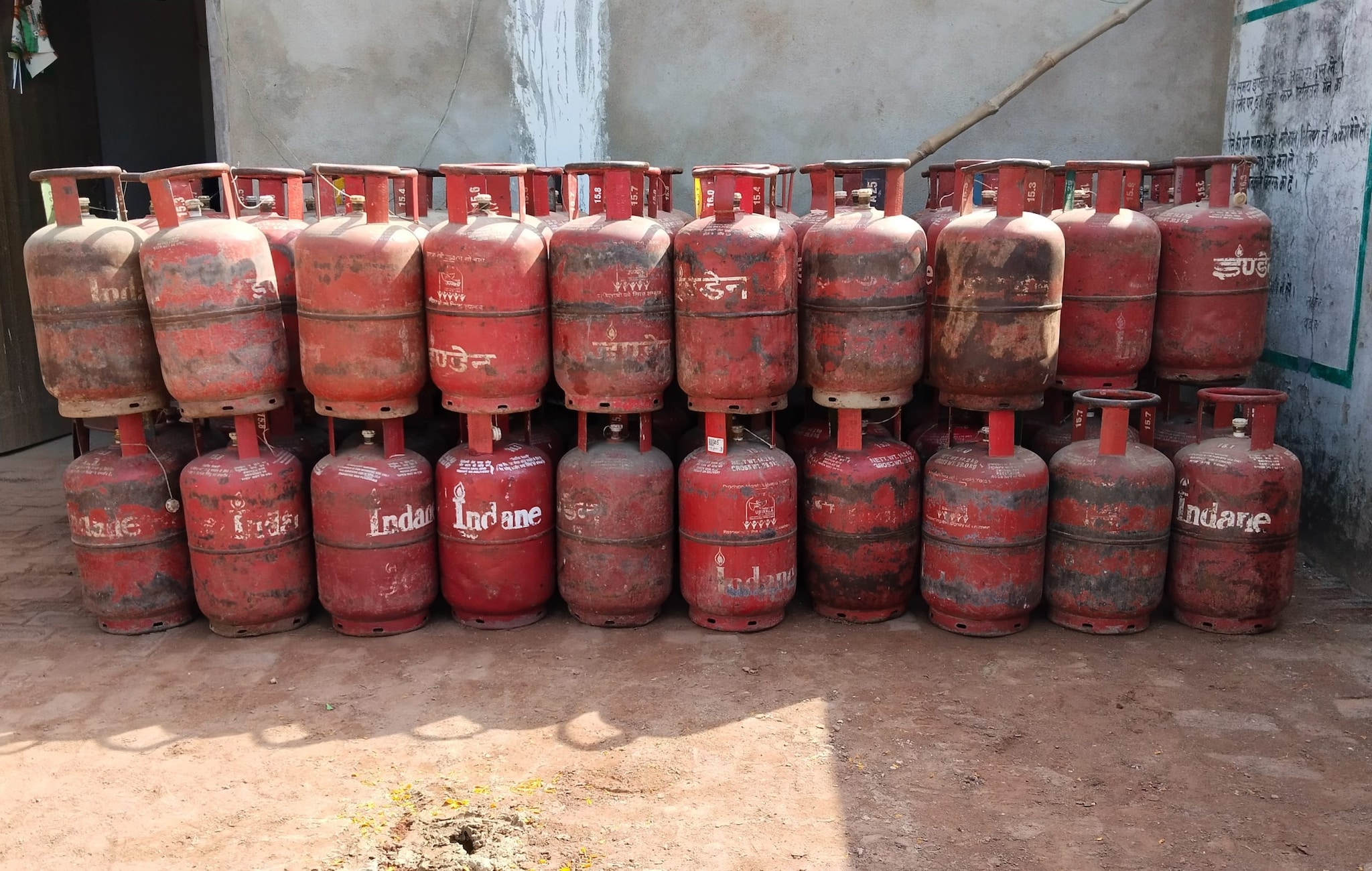BOULDER — Longmont-based Monster Brewing Co. and Fort Collins’ Odell Brewing Co. were the only Colorado craft breweries to make the Brewers Association’s latest rankings of the nation’s largest craft producers.
Monster Brewing, which was formerly known as Canarchy Craft Brewery Collective before rebranding last year in a nod to parent company Monster Beverage Corp. (Nasdaq: MNST), ranked 10th in beer sales volume. Monster’s portfolio includes Oskar Blues Brewing Co.

and Tampa Bay’s Cigar City Brewing.Odell, which offers a diverse line of beers from the popular 90 Shilling Ale to a rainbow of fruity Sippin’ Pretty sours, ranked 27th.Kirin-Lion, a foreign-owned beer conglomerate that includes Australian-based beverage group Lion and Japanese beverage portfolio company Kirin Holdings Co.
was the eighth largest beer producer overall, including both corporate and independent craft brewers. Kirin-Lion acquired Fort Collins-based New Belgium Brewing Co. in 2019, making it no longer eligible for the craft beer rankings.
Boulder-based craft beer trade group the Brewers Association releases its brewery-size rankings each year alongside its Annual Craft Brewing Industry Production Report.Domestic brewers of craft beer produced 23.1 million barrels last year, down 4% from 2023.
But because the overall United States beer market shrunk by 1.2% in volume, craft’s market share “remained essentially flat at 13.3%, the same share as in 2023,” according to BA’s report, released Tuesday.
“In a mature market, not every year is going to be defined by substantial growth,” BA staff economist Matt Gacioch said in a prepared statement. “While progress may not come in additional production volume, it can still come in honing operations, business practices, and world-class beer. Even in this challenging environment, small brewers have demonstrated that they have the skills and resilience to fight through this period to be better positioned for the months and years ahead.
”The potentially sobering figures represent “the new realities of a maturing market in a rapidly evolving environment,” the BA report said.Despite the production decline, craft brewers grew their employee headcounts 3% last year, employing 197,112 workers in 2024. “The rise was driven by the shift toward hospitality-focused models such as taprooms and brewpubs, which create more jobs in local communities,” according to the report.
Also on the plus side, “(c)raft beer’s retail dollar value rose to an estimated $28.9 billion, a 3% increase over the previous year. This growth reflects pricing adjustments and steady performance in onsite sales, which outpaced distributed sales in many markets,” the report said.
“Craft beer accounted for 24.7% of the total beer market in retail dollar sales.”A total of 9,612 craft breweries were in operation last year, a figure that included 1,934 microbreweries, 3,389 brewpubs, 3,695 taproom breweries, and 266 regional craft breweries.
BA reported that 2024 was the first time in nearly two decades “that the overall number of operating craft breweries declined nationwide.” There were 9,747 breweries operating in 2023.“Over the year, 434 new breweries opened while 501 closed.
Although openings declined for the fourth consecutive year — reflecting a maturing and highly competitive industry — the closure rate remained relatively low at approximately 5%,” the report said.Industry headwinds include “rising ingredient costs, shifting consumer preferences, and increased competition in a saturated market,” according to BA. “Tariffs on imported brewing equipment, steel kegs, aluminum cans, and key ingredients such as hops and malt only exacerbate these financial pressures.
These added costs can be particularly challenging for small and independent breweries, which often operate on tight profit margins. As a result, many are forced to delay expansion plans, raise prices, or absorb losses — further compounding the headwinds already challenging the craft beer industry.”This article was first published by BizWest, an independent news organization, and is published under a license agreement.
© 2025 BizWest Media LLC..
Business

Fort Collins, Longmont craft breweries among nation’s largest

Longmont-based Monster Brewing Co. and Fort Collins’ Odell Brewing Co. were the only Colorado craft breweries to make the Brewers Association’s latest rankings of the nation’s largest craft producers.














